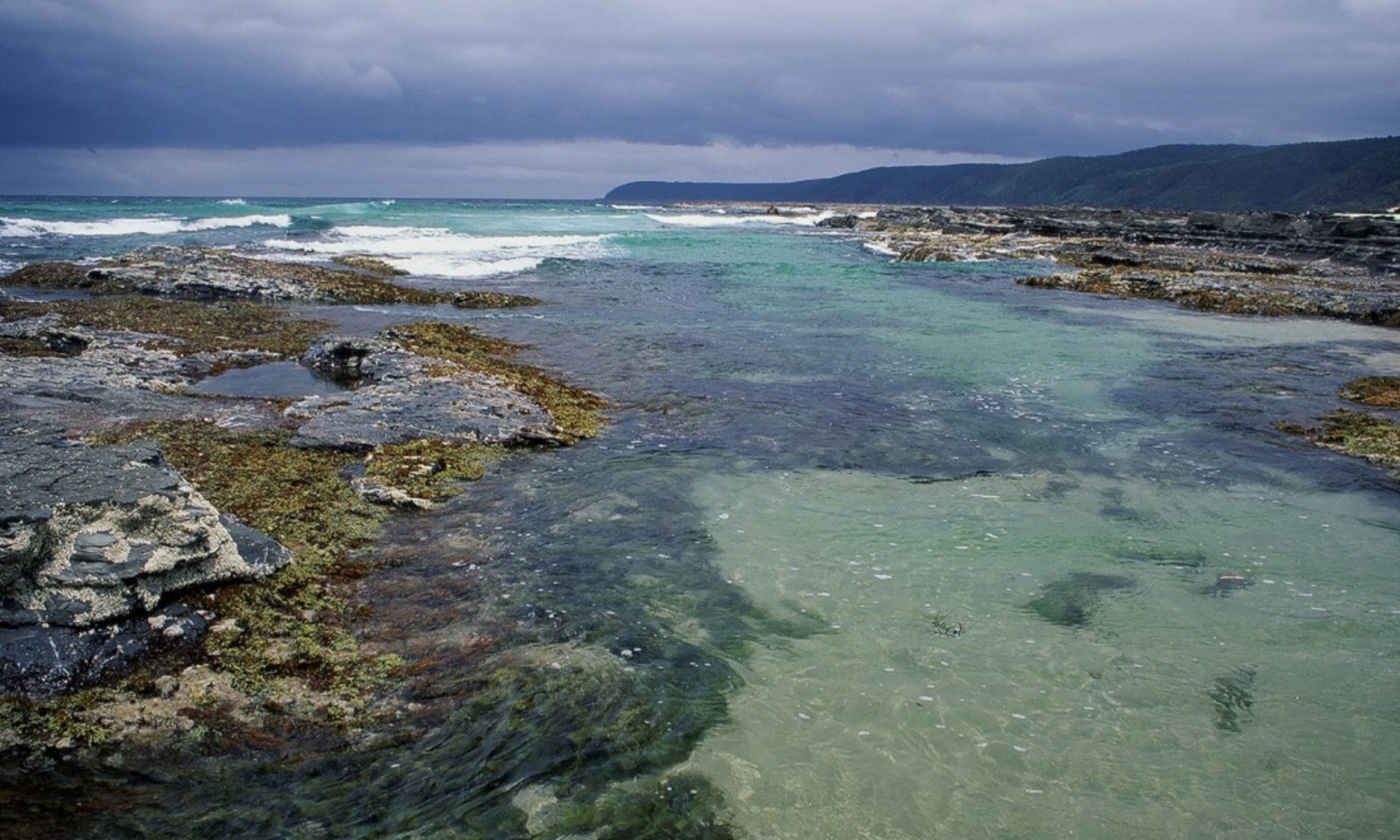Abstract
A total of 132 mycoparasitic Pythium isolates were obtained from the soil samples taken from fruit orchards, vegetable fields, carnation greenhouses, sugarbeet fields and cereal fields in the West Mediterranean region of Turkey. The Oomycetes were isolated by using; surface soil dilution plate, sclerotia bait and precolonised plate methods. Isolates were identified as P. acanthophoron, P. amasculinum, P. lycopersicum, P. oligandrum, P. periplocum and P. paroecandrum, according to their morphological and molecular characteristics. The most commonly isolated mycoparasitic species were P. amasculinum and P. lycopersicum. The majority of the mycoparasites came from soil samples taken from the sugarbeet growing areas. It was determined that all isolates showed high mycoparasitic activity against Botrytis cinerea and Rhizoctonia solani, however Sclerotinia rolfsii was resistant. It can be concluded that the mycoparasitic Pythium species can be used as biocontrol agents against B. cinerea and R. solani.
Isolation frequency and efficiency of mycoparasitic Pythium species in the West Mediterranean region of Turkey https://t.co/fGKOQF15bC #CRBIOTECH #Pythium @erlesen @HealthyFellow @MarcoAlbuja @nathantwala
More from DHPSP, #INPST, and CRBIOTECH: https://t.co/3ZKrQtRXI3 pic.twitter.com/cwTsvTPQAm— International Natural Product Sciences Taskforce (@_INPST) February 28, 2021

